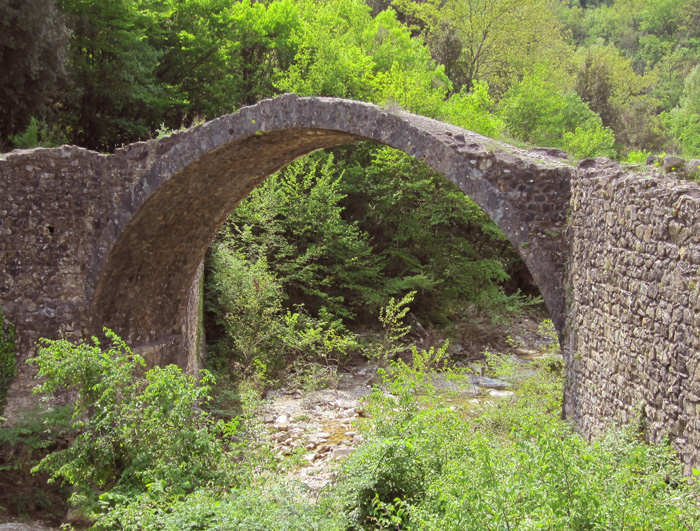Helen Gray Cone Madonna Pia
|
|
 |
Podere Santa Pia, situated in a particularly scenic valley
|
In 1899, she was elected to the Professorship in English after the death of her predecessor in the position. Though the Normal College admitted only female students at the time, Cone was the first woman to hold a professorship there.[5] As sole holder of the title, she was considered department head, a title she retained as the department grew.[6] Her Soldiers of the Light was published by Richard G. Badger of Boston in 1910. Stephenson Browne commented in the New York Times: "Miss Cone refrains so steadfastly from the arts of the self-advertiser that only those who read all the magazines know how large is the volume of genuine poetry she annually presents in the best of them."[7] A poem from the book, "The Common Street," was published in the Times the following year; it praises the sunset which bursts suddenly into the New York landscape, turning the common street and its denizens, "Each with his sordid burden trudging by," into "A golden highway into golden heaven, / With the dark shapes of men ascending still."[8] Poetry collections A Chant of Love for England (New York: Dutton, 1915) and The Coat Without a Seam (New York: Dutton, 1919) followed. In addition to poetry and fiction, she wrote literary criticism (her 1890 history of American literature was republished in a 2000 anthology[9]), co-edited Pen-Portraits of Literary Women with Jeanette L. Gilder (New York: Cassell, 1887) and provided notes for Houghton Mifflin's Riverside editions of Shakespeare's Macbeth (1897), Hamlet (1897), Merchant of Venice (1900), and Twelfth Night (1901). A volume of her selected poems was published as Harvest Home (New York: Knickerbocker Press, 1930). She was awarded honorary degrees by New York University in 1908 and Hunter in 1920.[1]
|
| Source:wikipedia.org |
